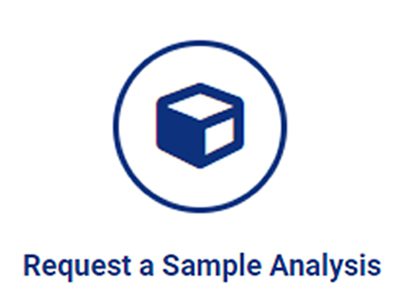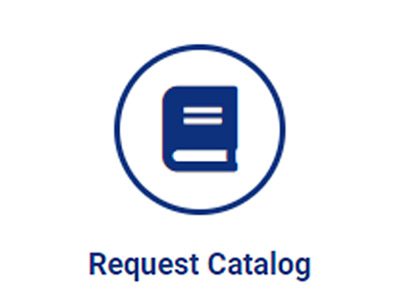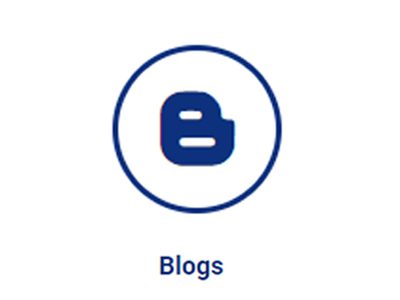
Beneath the waves of a Scottish sea loch, scientists needed to solve a complex puzzle that would reshape our understanding of carbon storage safety.
Their challenge?
Measuring carbon content in both solid marine sediments and liquid pore waters simultaneously to track what happens when CO2 escapes from underground storage.
In a bold environmental experiment, researchers injected 4.2 tons of CO2 into marine sediments, creating a controlled version of what might happen if our carbon capture and storage systems ever leaked.
(Anna Lichtschlag, Rachael H. James, Henrik Stahl, Doug Connelly, Effect of a controlled sub-seabed release of CO2 on the biogeochemistry of shallow marine sediments, their pore waters, and the overlying water column, https://doi.org/10.1016/j.ijggc.2014.10.008 )
To understand the full impact, they needed analytical equipment capable of handling dramatically different sample types with equal precision.
Enter the UIC Inc. CO2 coulometer system with acidification module—a technological marvel that proved indispensable for this groundbreaking research.
UIC Instruments
The system seamlessly transitioned between analyzing solid sediment samples and liquid pore water samples, measuring total inorganic carbon, total carbon, and organic carbon across both phases. This dual capability was crucial because the CO2’s impact manifested differently in each medium.
The results were extraordinary.
Within a 25-meter radius of the injection point, the ocean floor experienced a “chemical awakening.”
The dissolved CO2 triggered cascading reactions, liberating metals like calcium, iron, and manganese from mineral structures.
The UIC Inc. system tracked these transformations in real-time, revealing how carbonate minerals dissolved in solid sediments while simultaneously monitoring the changing chemistry of liquid pore waters.
But here’s where the story becomes truly remarkable: this underwater transformation was both temporary and localized.
Within 18 days, the ocean’s natural buffering systems restored chemical equilibrium. The concentrations of dissolved inorganic carbon skyrocketed to more than ten times normal levels, yet the overlying water column remained unaffected—insights only possible because the UIC Inc. system could accurately measure both solid and liquid samples throughout the recovery process.
The metal concentrations released remained well below harmful levels, suggesting our oceans possess sophisticated self-regulation mechanisms.
Carbon analysis revealed the injected CO2’s signature mixing with natural ocean chemistry like a molecular fingerprint dissolving into the vast blue database of our seas.
This experiment represents more than environmental monitoring—it demonstrates how advanced analytical systems can illuminate the quantum-scale processes governing our planet’s response to human intervention, measuring both the solid foundations and liquid dynamics of our marine ecosystems.
https://youtube.com/shorts/jF4UuUe17IA?feature=share




